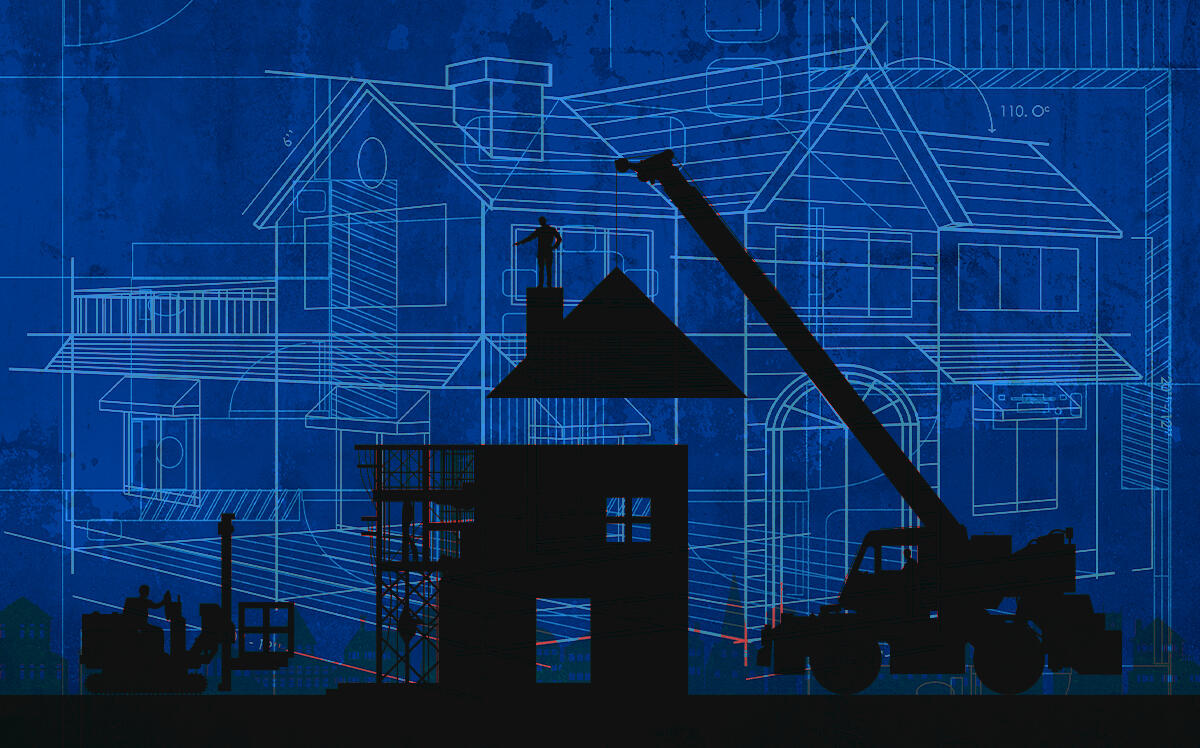 Why affordable apartments are so hard to build
Why affordable apartments are so hard to build
Trending
New homes sales rise; still lag last year’s pace
July sales show small improvement from June, 27% drop from a year earlier

New U.S. home sales rose slightly in July from the previous month, though they are still down 27 percent from a year earlier as builders grapple with supply-chain disruptions and rising costs of everything from labor to lumber to appliances.
Sales of new single‐family houses in July were at a seasonally adjusted annual rate of 708,000, just 1 percent above the June total, according to the U.S. Census Bureau and the Department of Housing and Urban Development.
The median sales price of new houses sold in July was $390,500, while the average sales price was $446,000.
The seasonally adjusted estimate of new houses for sale at the end of July was 367,000. That represents a supply of 6.2 months at the current sales rate.
The pandemic, and especially the increase in people working from home, has driven demand for suburban housing, both existing and new, though it has also complicated the work of homebuilders. Sales of existing homes have risen for the past two consecutive months.
Builders, faced with unreliable supply chains and volatile prices of materials, have been forced to buy whatever they can, whenever they can.
For builders, it’s like the Great Toilet Paper Shortage of 2020, which sent consumers stockpiling and prices soaring, David Druey, a regional president at Centennial Bank, told The Real Deal earlier this month.
“You’ve got people buying stuff because they think they need it,’’ Druey said. “Developers are buying up blocks [of materials] because they know there’s a shortage.”
Lumber was briefly a bright spot, with the price declining earlier this year. Then came the West Coast wildfires, and lumber prices shot up again. There were also the winter storms in Texas in February and the six-day blockage of the Suez Canal in March. With limited supply and rising costs, homebuilders have had to restrict the number of homes they sell. They also have been forced to cover costs for subcontractors, who otherwise might not survive.
Read more
 Why affordable apartments are so hard to build
Why affordable apartments are so hard to build




